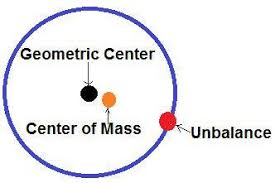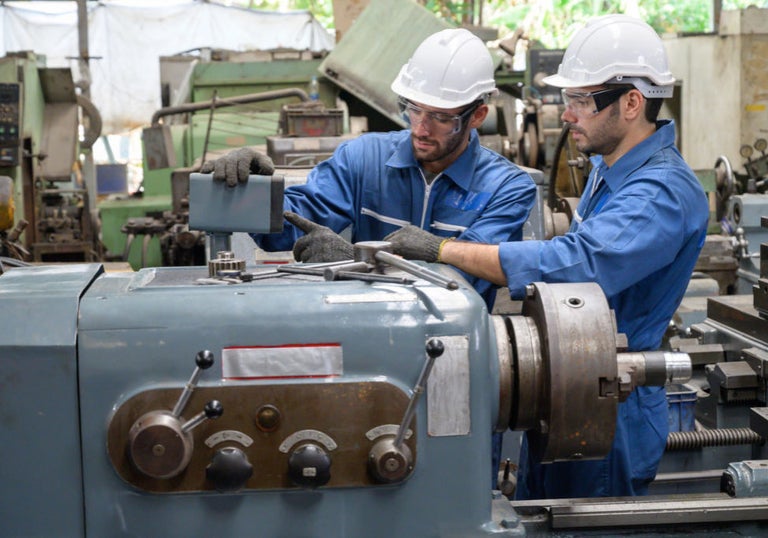
NECESSARY EQUIPMENT FOR BALANCING
If you have gone through the checklist and confirmed unbalance, you will need:
- A machine to perform the measurements (the Fixturlaser SMC or OneProd Falcon are great!), with the necessary software.
- A balancing kit, consisting of at least (1) single channel accelerometer, and a laser photo tachometer (or a timed strobe light, used on older balancing machines), and cables. If using a laser photo tachometer, reflective tape will also be needed. The tape should be mounted on the rotor to be balanced, so it can be targeted by the photo tachometer.
- Balancing weights of various sizes.
- Scales, to measure the weight.
SETTING UP FOR BALANCING
- Shut down the machine and make it safe.
- Mount the accelerometer on the bearing and direction of the highest vibration. If the highest vibration is on the ODE (Opposite Drive End) bearing, in the vertical direction, place the sensor there.
- Clean off a surface to mount the reflective tape to, and mount it. It can be mounted on the rotor, or the shaft.
- Aim the laser photo tachometer toward the reflective tape. Be sure it is far enough away from the rotor to be safe (most laser photo tachometers can work when mounted several inches away from the rotor).
- Be sure all cables are secure, and free from rotating equipment, BEFORE you start the machine back up.
THE PROCESS
Balancing a rotor requires at least two inputs:
- Force – how much vibration at running speed. There may be vibration from more than one source. But balancing can only reduce the vibration at running speed (1 times rpm) of the rotor. It can not reduce vibration from misalignment, belts, etc.
- Direction – a phase angle, which represents the relationship between the high spot and heavy spot of the rotor. While it is not impossible to calculate, it can be complicated, and typically, the calculation is not needed to balance a rotor. For the purposes of this blog, let’s just think of it as – how much the rotor vibrates and which direction it shakes.
When the machine is started up, the balancing program will give us an initial unbalance, in a force(in amplitude) and a direction (in degrees).








